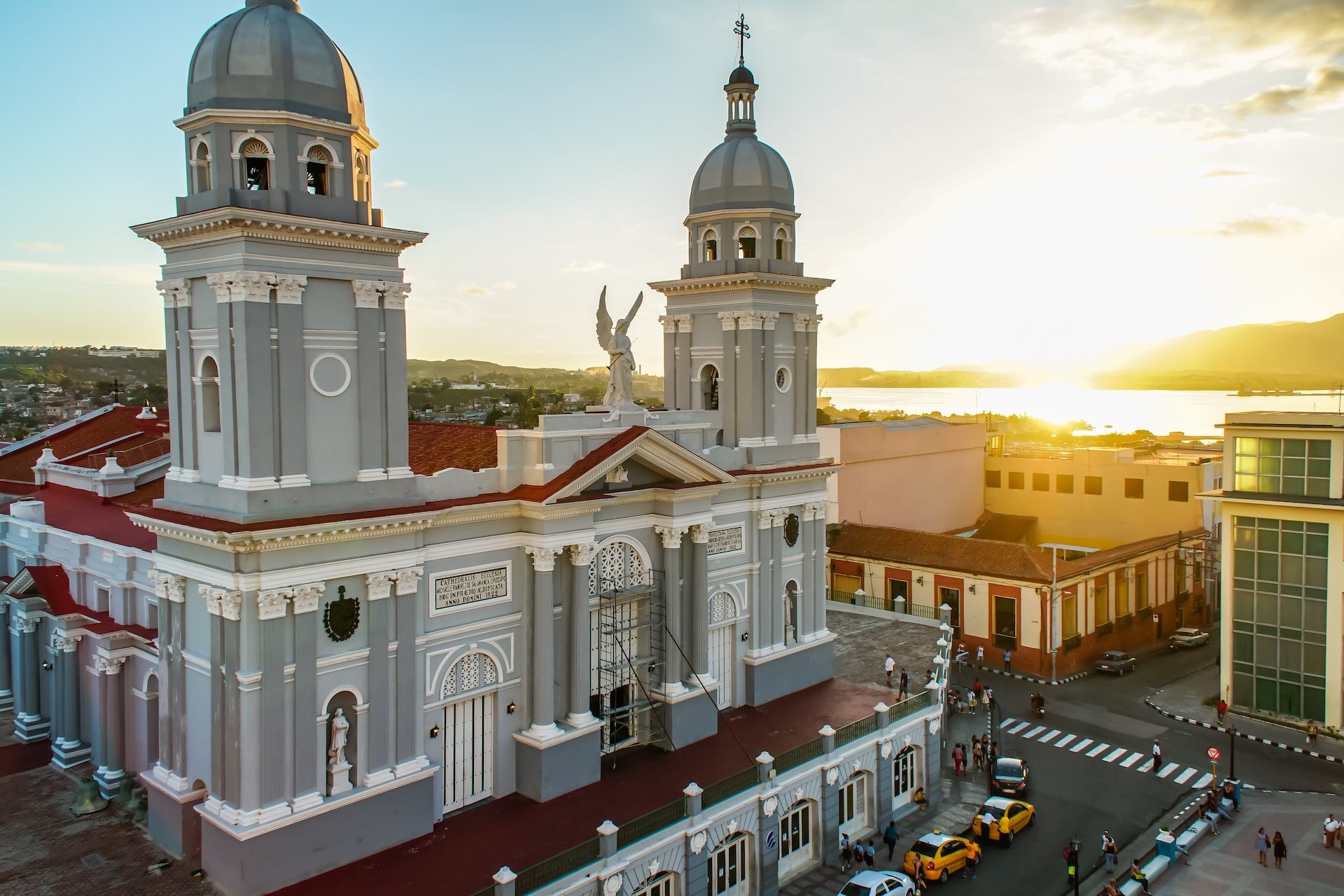Santa Marta weather is a topic of great interest for those who are planning to visit the city, as well as for those who live there. The city of Santa Marta is located on the Caribbean coast of Colombia, in the department of Magdalena. It is known for its beautiful beaches, lush vegetation, and warm climate. The city’s weather is influenced by its proximity to the sea and its location near the equator.
The average temperature in Santa Marta is around 27°C (81°F) throughout the year. However, the temperature can vary depending on the time of year and the altitude of the location. The city is located at sea level, and therefore, the temperature is usually warmer near the coast. Inland areas, on the other hand, can be cooler due to the higher altitude.
One of the most notable features of Santa Marta’s weather is its high humidity. The city experiences high humidity levels throughout the year, which can make the heat feel more intense. This is particularly true during the rainy season, which runs from May to November. During this time, the city experiences heavy rainfall and thunderstorms.
| Month | Low (°C) | High (°C) | Low (°F) | High (°F) | Rain (%) |
|---|---|---|---|---|---|
| January | 24 | 30 | 75 | 86 | 40 |
| February | 24 | 30 | 75 | 86 | 35 |
| March | 24 | 31 | 75 | 88 | 30 |
| April | 25 | 31 | 77 | 88 | 25 |
| May | 25 | 31 | 77 | 88 | 50 |
| June | 25 | 31 | 77 | 88 | 60 |
| July | 25 | 31 | 77 | 88 | 70 |
| August | 25 | 31 | 77 | 88 | 70 |
| September | 25 | 31 | 77 | 88 | 60 |
| October | 25 | 31 | 77 | 88 | 50 |
| November | 24 | 31 | 75 | 88 | 40 |
| December | 24 | 30 | 75 | 86 | 35 |
When it comes to deciding the best time to visit Santa Marta, it largely depends on what you’re looking for in a vacation. The dry season, which runs from December to April, is the most popular time to visit the city. During this time, the weather is sunny and dry, making it ideal for beach-going, hiking, and other outdoor activities. Additionally, the humidity levels are lower, making the heat more bearable.
However, the dry season is also the peak tourist season, which means that the city can be crowded and prices for accommodation and activities may be higher. If you’re looking for a more affordable and less crowded option, the rainy season may be a better choice. While the weather is not as ideal, the city is less crowded, and prices are typically lower.
Another factor to consider is the weather patterns in the surrounding areas. Santa Marta is located in an area that is vulnerable to hurricanes and tropical storms during the rainy season. If you plan to visit during this time, it’s important to keep an eye on the weather forecast and be prepared for potential disruptions to your plans.
If you’re looking for a balance between the best weather and lower prices, consider visiting in the shoulder months of November and May. The weather is still warm and sunny, but there is less chance of heavy rain, and it’s less crowded than the peak tourist season.
In conclusion, the best time to visit Santa Marta depends on what you’re looking for in a vacation. The dry season is the most popular time to visit, but it’s also the most crowded and expensive. The rainy season is less crowded and more affordable, but the weather is not as ideal. The shoulder months of November and May offer a balance between the best weather and lower prices. It’s important to keep in mind the weather patterns in the surrounding areas and be prepared for potential disruptions to your plans.



